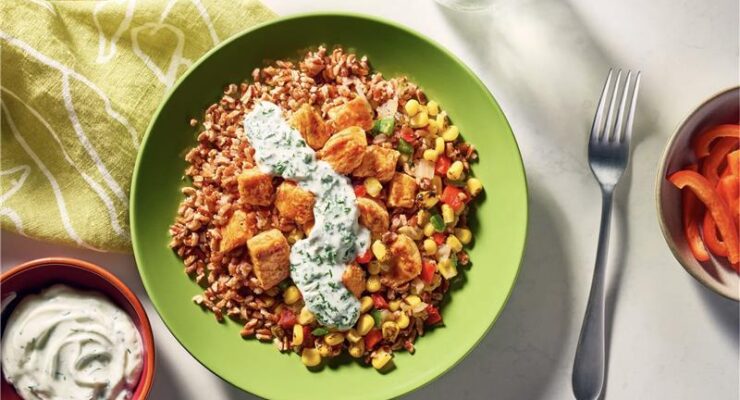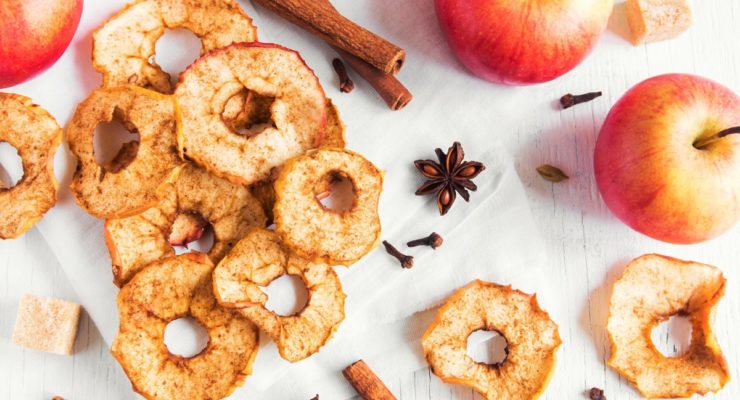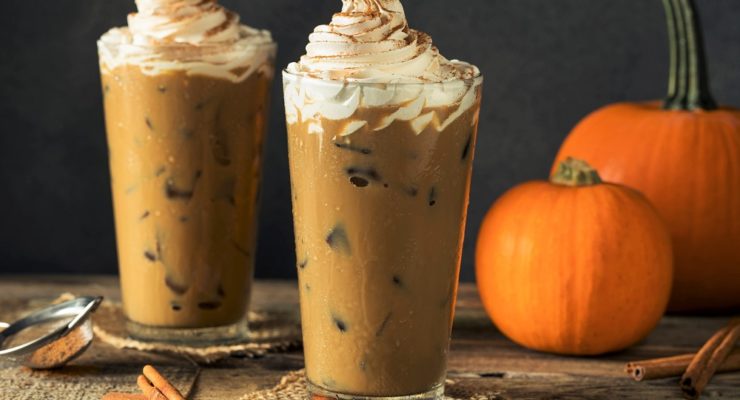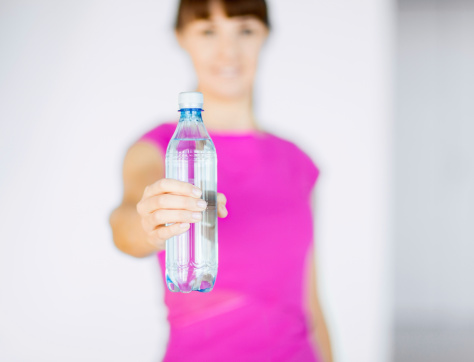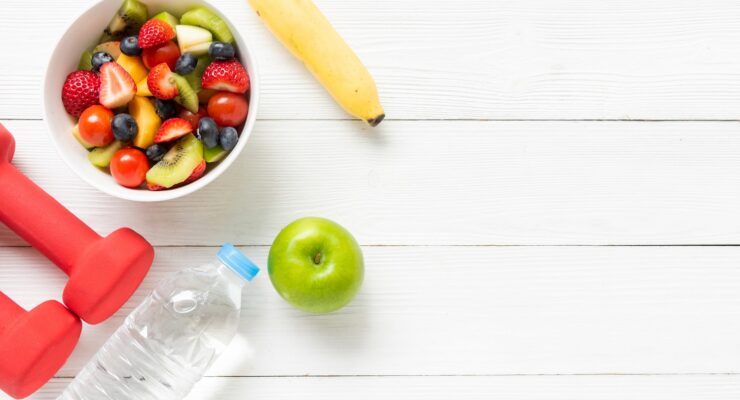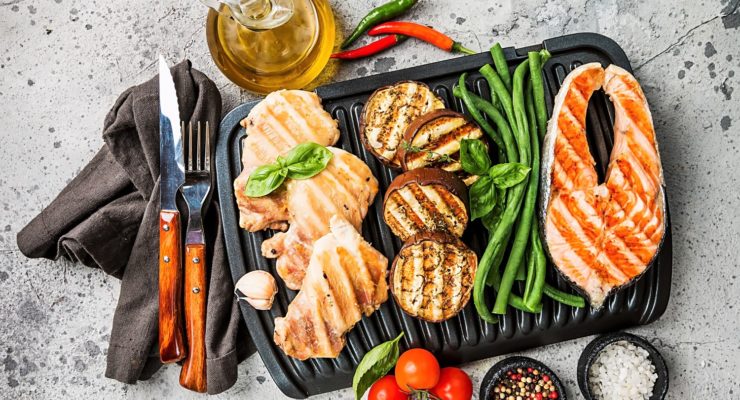How Much Water Do You Really Need? How to Know
Article posted in: Lifestyle
“How much water do I really need?” It’s a question we get asked often. Eight, eight-ounce glasses of water per day: That’s the amount you’ve heard recommended forever and ever. For some of us, 64 ounces may be just about what you need to stay hydrated. Others should drink more, or less, depending on your size, health conditions, what you eat, where you live, and what you’re doing. An extra cup or two of water may be needed after a sweaty workout, for example; those who live in hotter climates need more fluids as well.
You know you shouldn’t skimp on water: Your cells rely on it to function properly, your skin and joints use it to stay healthy and your body needs it to help you lose weight; not getting enough water can drain your energy and leave you tired. But how do you know what’s right for you? One guideline we like at Nutrisystem is to drink a half ounce of water for every pound of weight you weigh (so divide your weight in half and drink that many ounces of water per day). Or, you can let thirst be your guide—that’s how most people meet their hydration needs, according to data from The Institute of Medicine (IOM). The most recent IOM report doesn’t offer water-by-the-glass recommendations, but instead sets more general guidelines based on national data, which showed that women who appear to be adequately hydrated consume an average of 91 ounces of total water each day (about 11 cups), and men an average of 125 ounces daily, or 15 cups. If that sounds like a lot, consider that number is based on total fluid intake, which includes beverages and foods. About 80 percent of people’s “total water” comes from drinking water, obviously, but also milk, juice, and yes even coffee contributes to the count. The other 20 percent is derived from food that contains water, like watermelon, spinach and other fruits and vegetables.
A hint that you’re properly hydrated? Check your pee: Clear or light-colored urine means you’re well hydrated, whereas a dark yellow or amber color usually signals dehydration.

